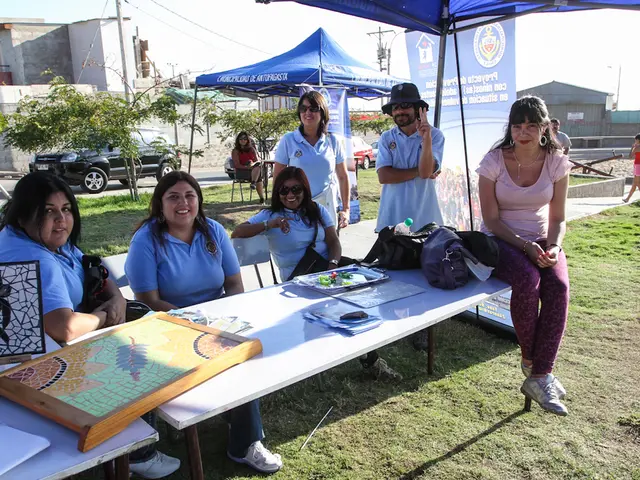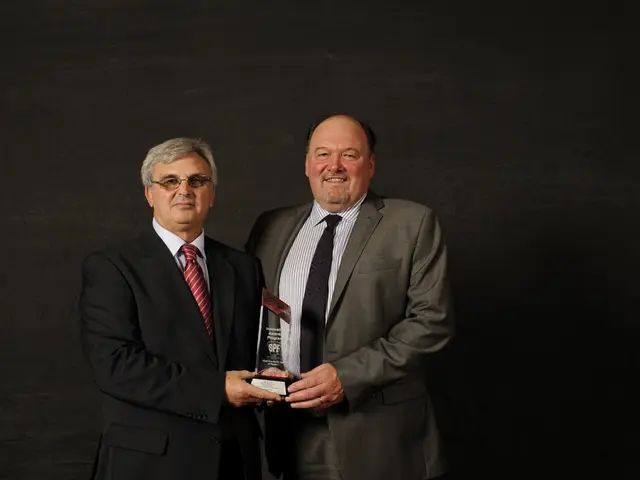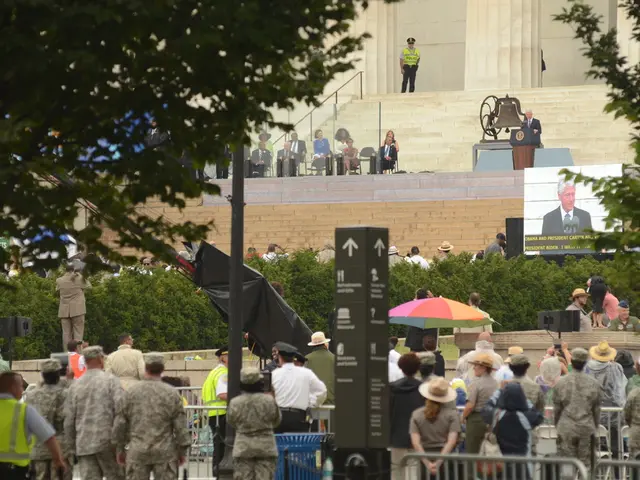Battle to safeguard Mexico's gates to the underworld
Mexico's President Andrés Manuel Lopez Obrador has called in the military to complete the construction of the Tren Maya, a rail line connecting tourist destinations across the country. However, the project has been met with opposition from scientists, cave divers, local Indigenous communities, and conservationists, who voice concerns about the potential damage to fragile ecosystems, particularly the sacred cenotes.
The Tren Maya, which began construction in 2020, has been a source of controversy from the start. The caverns serve as a critical habitat for animals like jaguars, tapirs, opossums, foxes, and coati, which use cenotes as a water source. Researchers worry about potential archaeological discoveries lost during the construction, as well as the impact on the health of these delicate ecosystems.
The construction of the Tren Maya involves drilling massive support pillars directly into the bedrock that holds the cenotes. Some of these pillars have been driven into cenotes, raising alarm among conservationists. Urbina and Rojo, along with a growing band of conservationists, are concerned about the impact of the Tren Maya and increasing development on cenotes.
Cenotes, natural sinkholes found in the Yucatan, are not only geological wonders but also sacred places for the Maya people. They serve as a deep aquifer that supplies freshwater to millions of people within the region. Unfortunately, some cenotes near tourist sites and industrial parks have been turned into illegal dumping grounds, further endangering these fragile ecosystems.
Flor Arcega-Cabrera, an environmental geochemist, has found that the agricultural industry is the single largest source of contamination in cenotes, with animal waste, fertilizers, and pesticides likely entering the aquifer. Additionally, many residents without proper sewage treatment facilities filter sewage through the porous limestone, causing further issues.
Despite these concerns, the Tren Maya was completed in late 2024. The urgency to understand these fragile ecosystems has increased, with at least 8,000 registered cenotes in Mexico's Yucatan Peninsula, but the actual number could be much higher due to the formation of sinkholes. The exploration of the Zumpango Cave was part of a combined effort to map and track the health of existing caves within the Mexican state of Quintana Roo.
In April 2025, a group of cave researchers led by José "Pepe" Urbina and Roberto Rojo explored a remote stretch of the flooded Zumpango Cave in Mexico's Yucatan Peninsula. During this expedition, they discovered an ancient Maya pot in a recessed shelf of rock within the cave. This discovery underscores the potential archaeological treasures that may be lost during construction projects like the Tren Maya.
The controversy surrounding the Tren Maya and the protection of cenotes is far from over. Officials from Mexico's Ministry of Environment and Natural Resources (SEMARNAT) and the National Commission of Natural Protected Areas (CONANP) made a public announcement concluding that the construction of Tren Maya had damaged ecosystems in Yucatan. Urbina, who runs a conservation group called Sélvame del Tren, and Rojo, who cofounded Cenotes Urbanos, continue their efforts to protect these sacred sites.
In a significant development, Hermán Yépez Calero, the government minister for environment and nature conservation in Quintana Roo, cave dived in the Sac Actún cave cascades together with Urbina in April 2025. This event marks a potential turning point in the ongoing efforts to protect the cenotes and preserve the rich cultural heritage they represent.
Read also:
- Peptide YY (PYY): Exploring its Role in Appetite Suppression, Intestinal Health, and Cognitive Links
- Toddler Health: Rotavirus Signs, Origins, and Potential Complications
- Digestive issues and heart discomfort: Root causes and associated health conditions
- House Infernos: Deadly Hazards Surpassing the Flames








